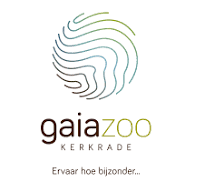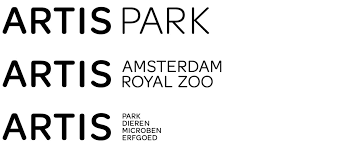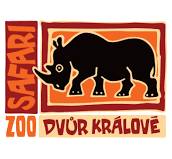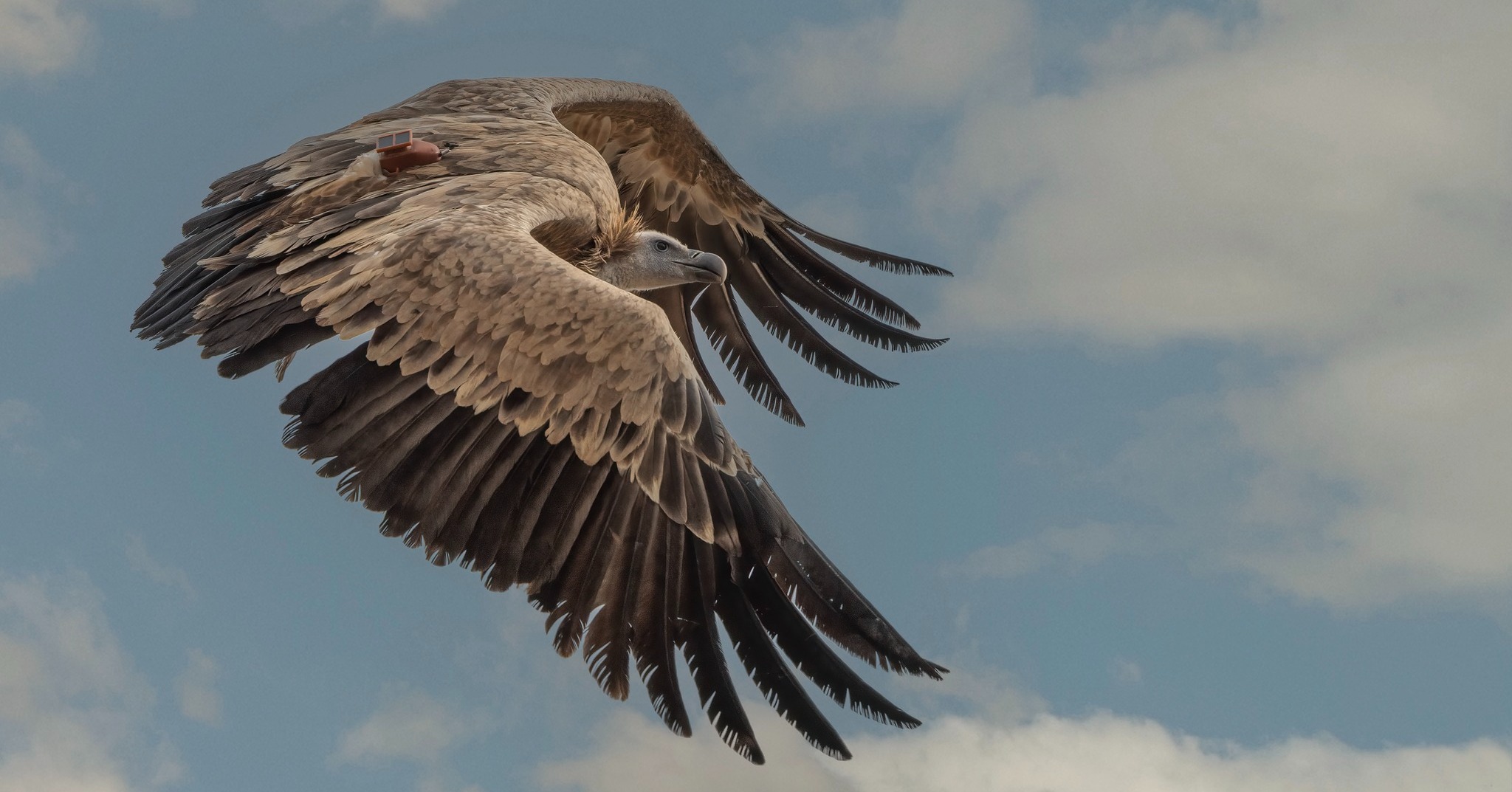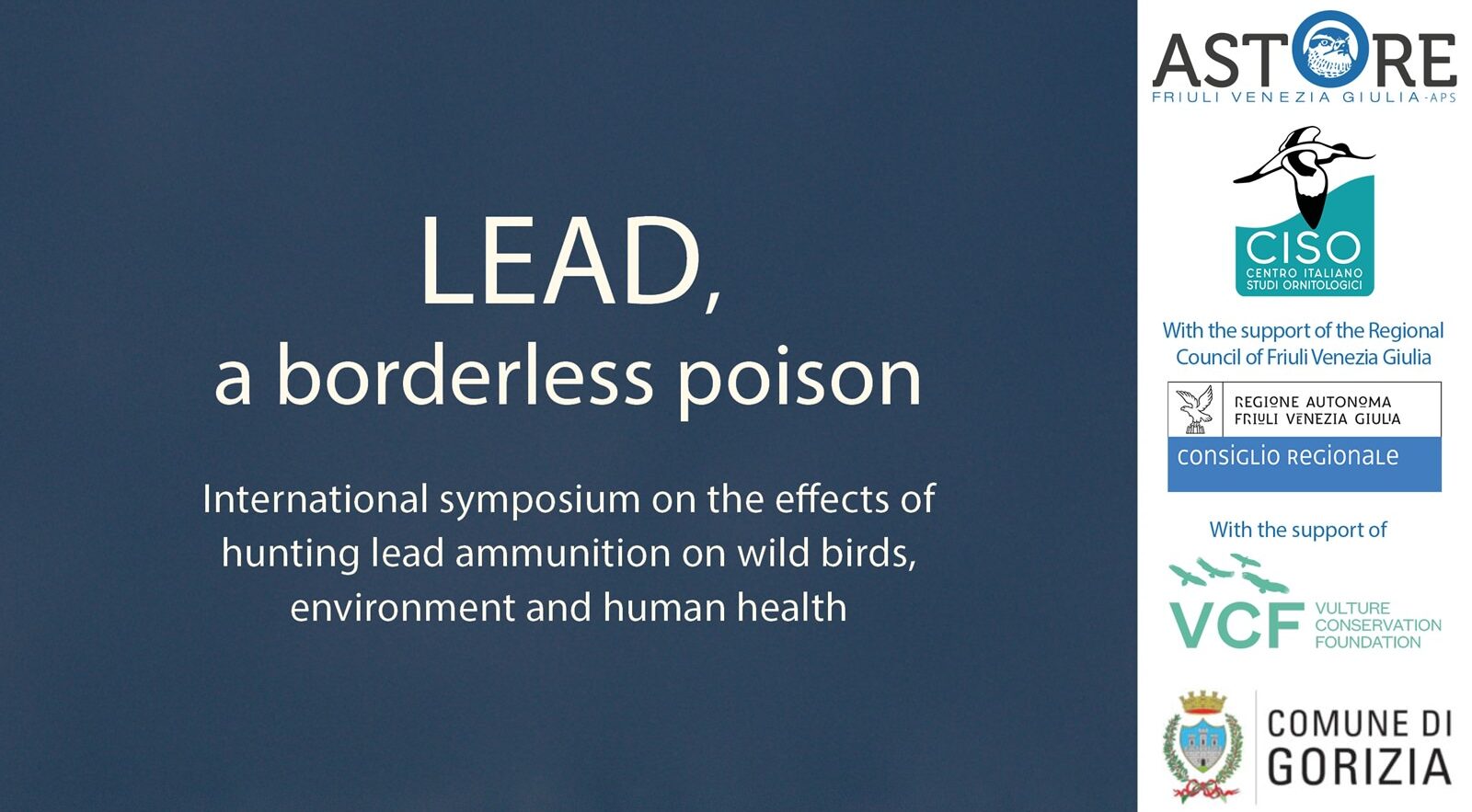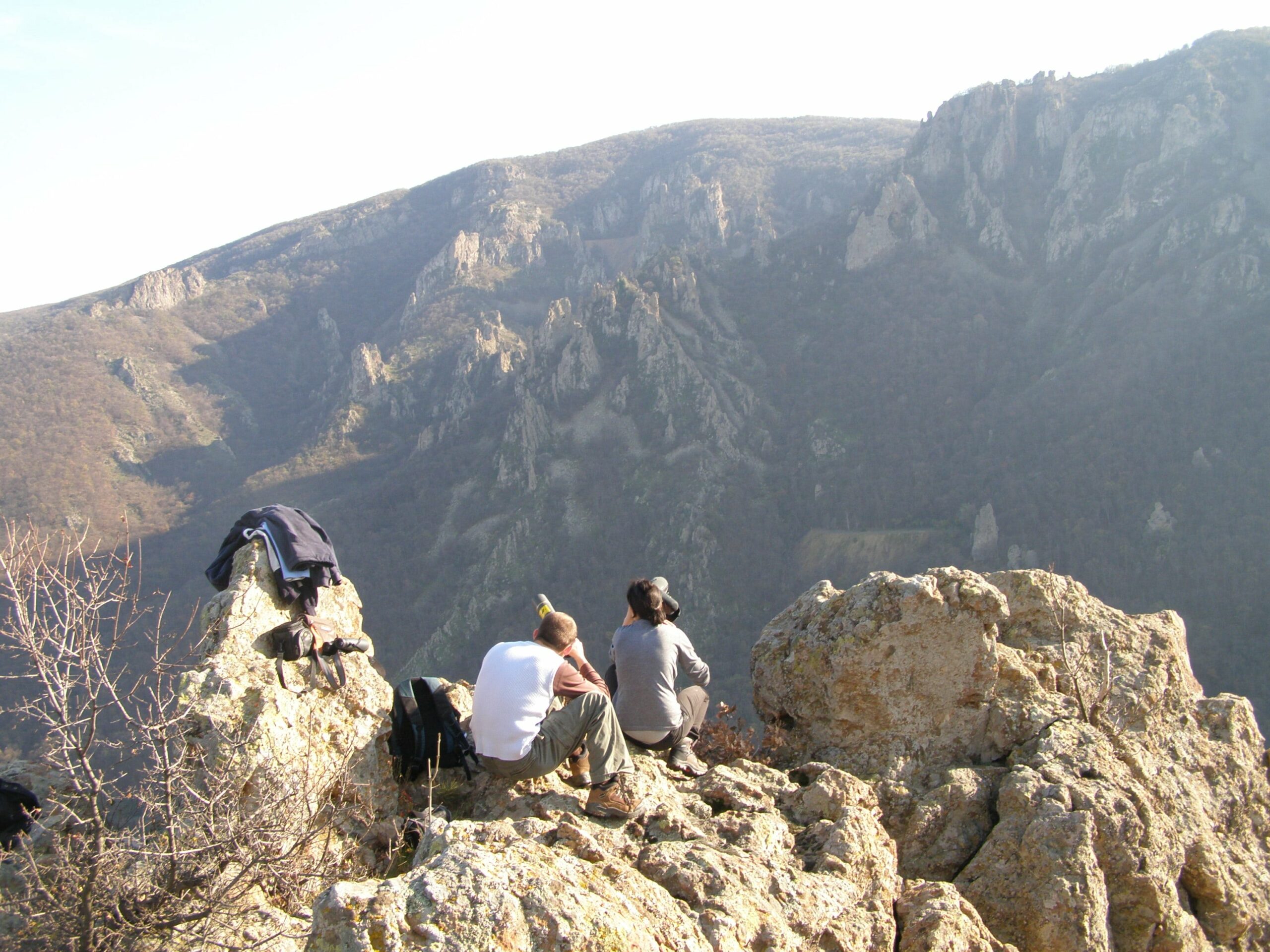The LIFE Safe for Vultures restocking programme continues with a successful third release from Villasalto aviary in southern Sardinia. This is the biggest release so far for the project and it counts twenty-nine Griffon Vultures.
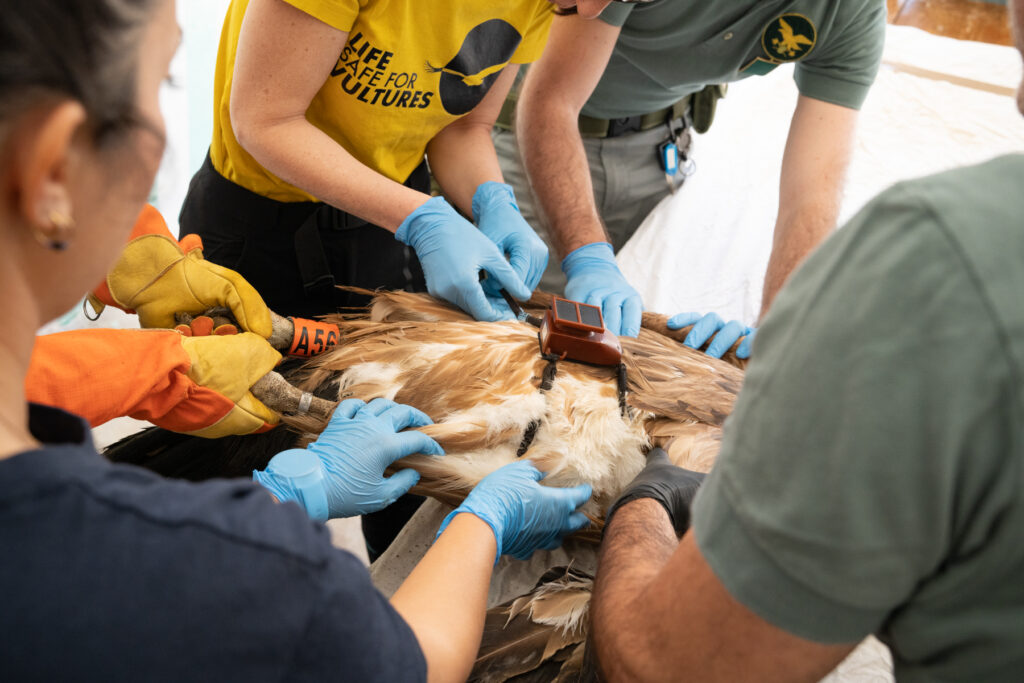
On the morning of June 3, the FORESTAS personnel opened the doors of the Villasalto acclimatisation aviary for the third time from the beginning of the LIFE Safe for Vultures project. The twenty-nine Griffon Vultures (Gyps fulvus) left the aviary all together in a striking view. This is the largest number of individuals released simultaneously since the beginning of the project in 2021. The newly released vultures joined the existent local flock flying over the area almost immediately.
New entries from all over Europe
Out of the twenty-nine released Griffon Vultures, twenty-five – 12 males and 13 females – hatched in Spain in 2024. They have been rescued by the AMUS wildlife rescue centre in Villafranca de los Barros and donated to the project by the Junta de Extremadura. The collaboration between the Junta de Extremadura, AMUS in Extremadura (Spain) and the Vulture Conservation Foundation contributes to several Griffon Vultures restocking programmes across Europe.
One Griffon Vulture comes from the oldest zoological garden in the Neatherlands, the Artis Zoo in Amsterdam. Two individuals are from the Dvůr Králové Zoo di Dvůr Králové nad Labem in Czech Republic. The last two Griffon Vultures hatched in GaiaZoo in Kerkrade (Neatherlands). They are a two-years-old female, and a male that hatched in 2024. The zoo has a small but active Griffon Vultures flock and one of their pairs successfully raised a chick for two years in a row. After spending some time with their flock, the two young vultures joined the LIFE Safe for Vultures restocking programme.
The whole group, welcomed at the Villasalto aviary last December, originally counted thirty individuals. One of them will be kept in captivity a little longer because its conditions were not ideal for the release. The veterinary team hypothesized that the high temperature and the prolonged time in the aviary might have taken their toll on the vulture. It will be under observation for a few days before joining the rest of his group as originally planned.
The release process and the future of Griffon Vultures in South Sardinia
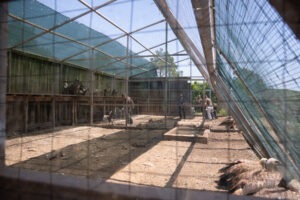
These Griffon Vultures have spent the last six months in the acclimatisation aviary in Villasalto. It might sound like a long time, but this process is necessary for their survival in the wild. Since they come from different areas of Europe and different contexts, it is crucial that they have time to adjust to the environmental conditions of South Sardinia. In these months, they observed the other Griffon Vultures that the LIFE Safe for Vultures project released in the area over time and familiarised with them.
A few days before the release, all Griffon Vultures were equipped with GPS transmitters, and received unique leg tags and feathers markings. This painless procedure allows the team to monitor them over time and recognise them from pictures and videos, even from a far. The supplementary feeding station built near the aviary helps the vultures in the transition from captivity to their new life in the wild and contributes to strengthen their bond with their new home.
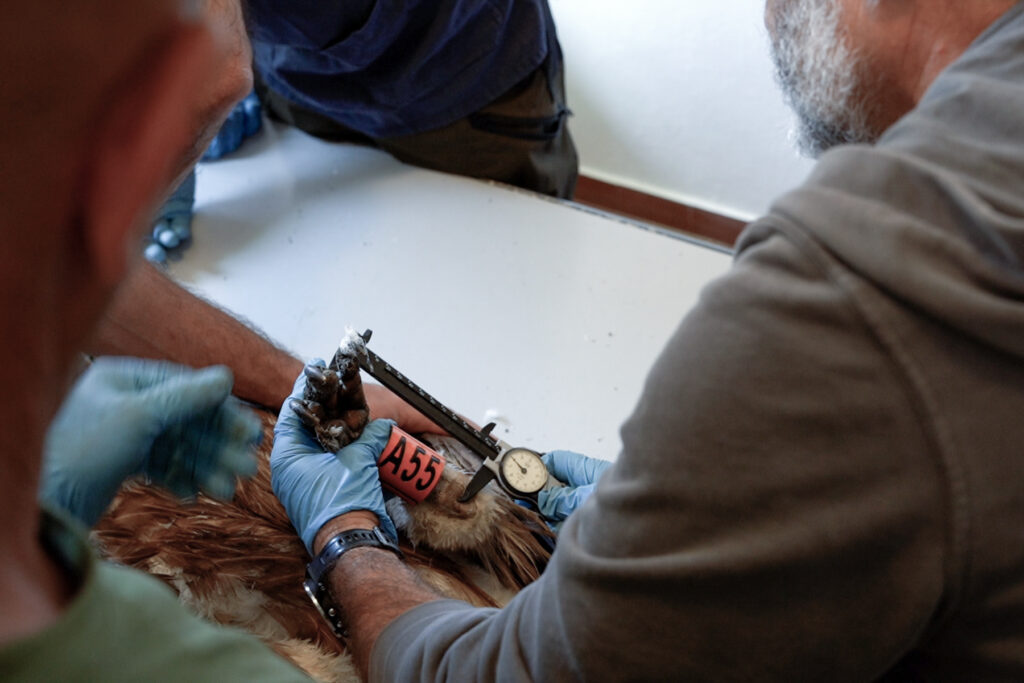

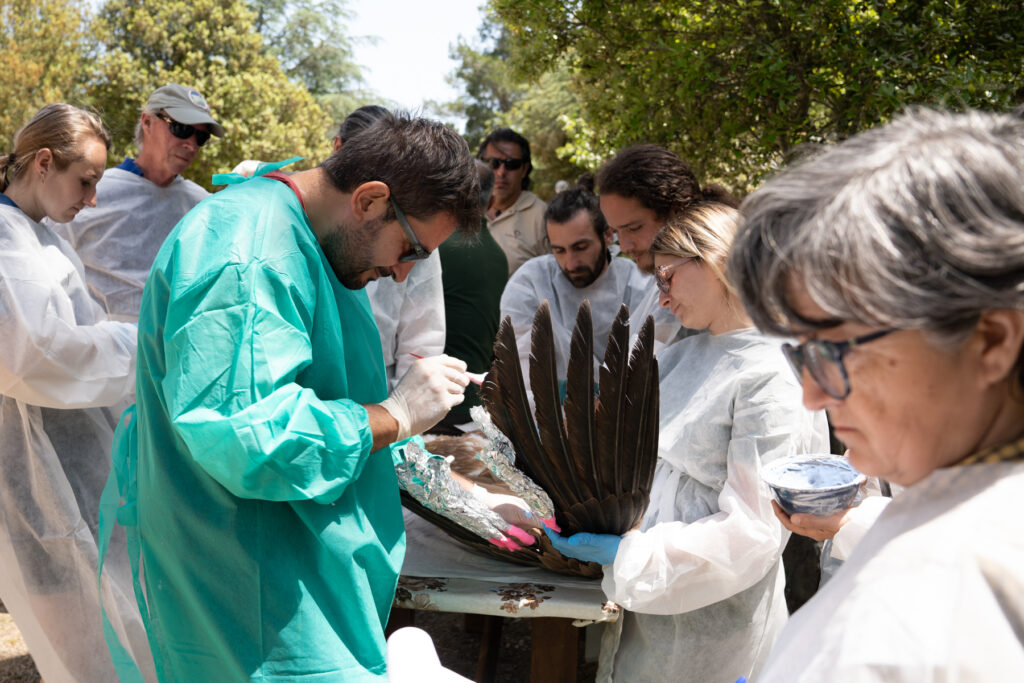
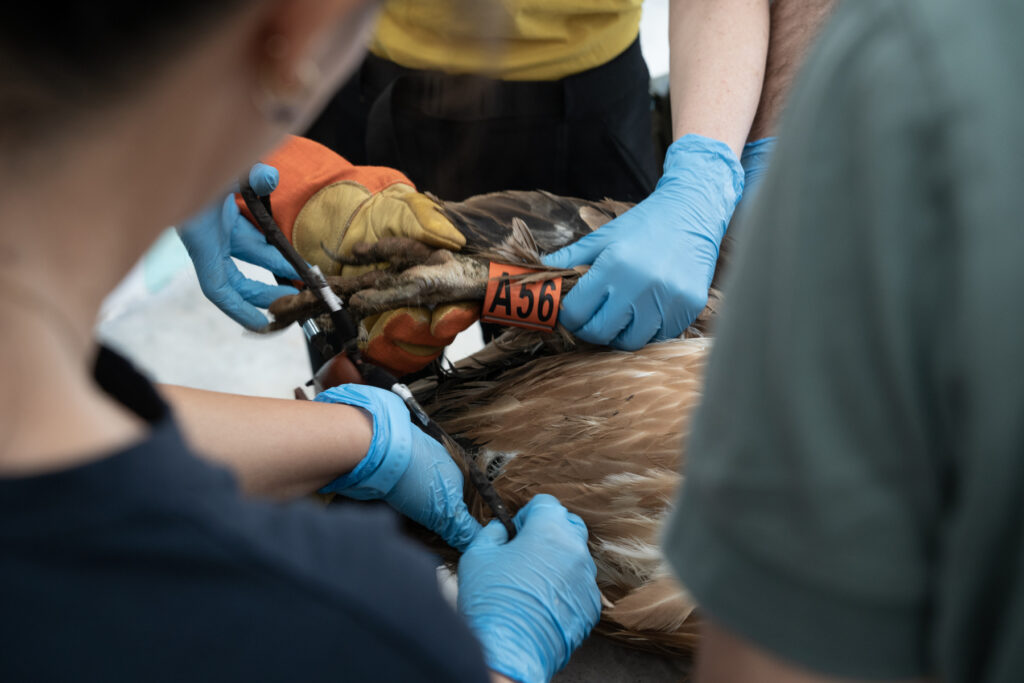
A LIFE Safe for Vultures project released 35 Griffon Vultures in South Sardinia from April to October 2024. This last group brings the total number of released individuals to 65. The team monitors all of them constantly, working to create the best conditions for them to thrive in the area, bringing Griffon Vultures back to their historical distribution in Sardinia.
The LIFE Safe for Vultures project
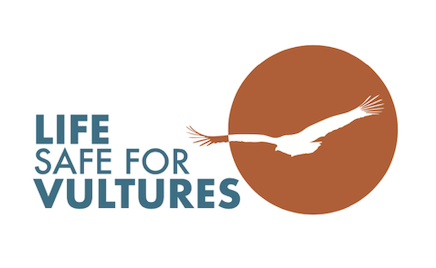
LIFE Safe for Vultures is co-financed by the EU’s LIFE Programme to restore the vulture guild in Sardinia. The University of Sassari leads the project in collaboration with Agenzia Regionale Forestas, Sardegna Corpo Forestale, E-Distribuzione and the Vulture Conservation Foundation. LIFE Safe for Vultures builds on the work of the successful LIFE Under Griffon Wings, with the ultimate objective for Griffon Vultures to regain their historic ranges and distribution areas from the central-eastern part of Sardinia to the south and promote the long-term survival of the species on the island. An additional feeding station will be established south of the island, and 40 additional Griffon Vultures will be translocated and released.


